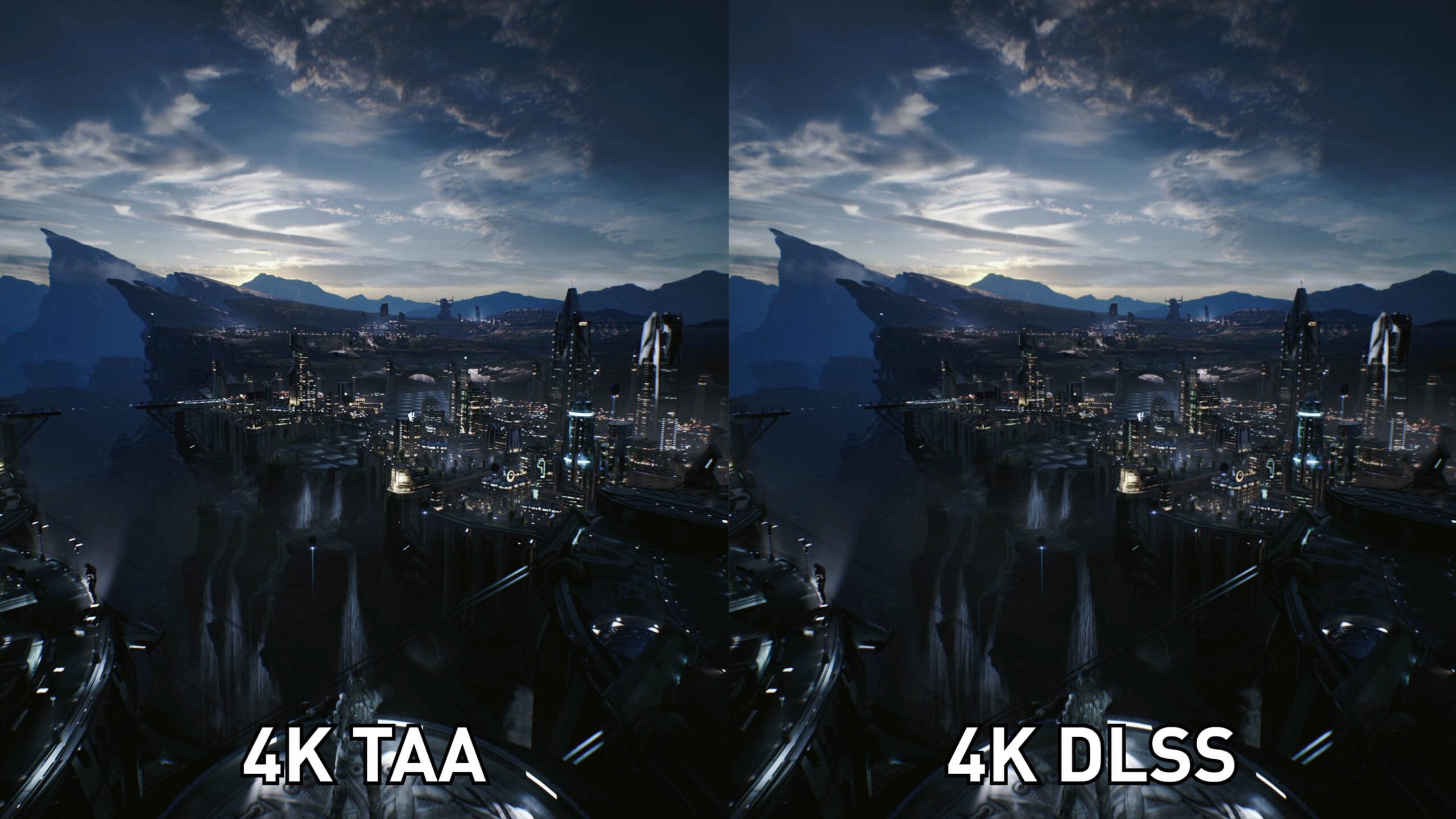Nvidia’s Deep Learning Super Sampling (DLSS) technology has been a game-changer in the realm of graphics rendering, particularly for gamers seeking enhanced performance without sacrificing visual fidelity. With the introduction of DLSS 4, many enthusiasts have been eager to explore its capabilities. However, amidst the excitement, several myths and misconceptions have emerged regarding what DLSS 4 can and cannot do. This article seeks to debunk these myths and provide a clearer picture of Nvidia’s latest advancement in AI-driven graphics technology.
To begin with, it is essential to understand the fundamental purpose of DLSS. The technology utilizes artificial intelligence and machine learning to upscale lower-resolution images to higher resolutions, thereby improving frame rates and overall gaming performance. This process allows gamers to enjoy visually demanding titles without the need for top-tier hardware. DLSS 4 builds upon the successes of its predecessors, offering improved algorithms and enhanced image quality.
One prevalent myth surrounding DLSS 4 is that it can magically transform any game into a visually stunning masterpiece. While DLSS 4 does enhance image quality, it is not a panacea for all graphical issues. The effectiveness of DLSS is contingent upon the game’s original graphics and design. If a game is poorly optimized or lacks high-quality assets, DLSS may not significantly improve the visual experience. It is crucial for gamers to recognize that DLSS is a tool that works best in conjunction with well-designed games.
Another common misconception is that DLSS 4 is only beneficial for high-end gaming rigs. While it is true that DLSS can provide substantial performance gains for those with powerful GPUs, it is also designed to assist mid-range and even lower-end systems. By allowing these systems to render games at lower resolutions while still delivering high-quality visuals, DLSS 4 democratizes access to advanced gaming experiences. This means that even gamers with modest setups can enjoy smoother gameplay and improved graphics.
Furthermore, some users believe that enabling DLSS 4 will always result in a noticeable improvement in performance. While DLSS can significantly boost frame rates in many scenarios, the extent of this improvement can vary based on several factors, including the specific game, the resolution being targeted, and the hardware in use. In some cases, gamers may find that the performance gains are minimal or that the visual quality does not meet their expectations. It is essential for users to approach DLSS with realistic expectations and to test its performance in the context of their specific gaming setup.
Another myth that warrants clarification is the belief that DLSS 4 is a substitute for traditional anti-aliasing techniques. While DLSS does help to reduce jagged edges and improve overall image quality, it does not replace the need for anti-aliasing. Instead, DLSS can complement these techniques, providing an additional layer of visual enhancement. Gamers should consider using DLSS in conjunction with other graphical settings to achieve the best possible results.
Moreover, there is a misconception that DLSS 4 is a one-size-fits-all solution. In reality, Nvidia has designed DLSS to be adaptable, allowing developers to fine-tune its implementation based on the unique requirements of their games. This means that the effectiveness of DLSS can vary from title to title, depending on how well it has been integrated into the game’s engine. As a result, gamers may experience different levels of performance and visual quality across various titles.
It is also important to address concerns regarding the potential for input lag when using DLSS. Some gamers worry that the upscaling process may introduce latency, negatively impacting their gaming experience. However, Nvidia has made significant strides in minimizing input lag with each iteration of DLSS. While some latency may still occur, many users report that the benefits of improved frame rates and visual quality outweigh any potential drawbacks. Gamers are encouraged to experiment with DLSS settings to find the optimal balance for their preferences.
In conclusion, Nvidia’s DLSS 4 technology represents a significant advancement in gaming graphics, but it is essential to approach it with a clear understanding of its capabilities and limitations. By debunking common myths and misconceptions, gamers can make informed decisions about how to utilize DLSS effectively. As the gaming landscape continues to evolve, DLSS will likely play a crucial role in shaping the future of graphics rendering, enabling more players to enjoy high-quality gaming experiences regardless of their hardware specifications.



